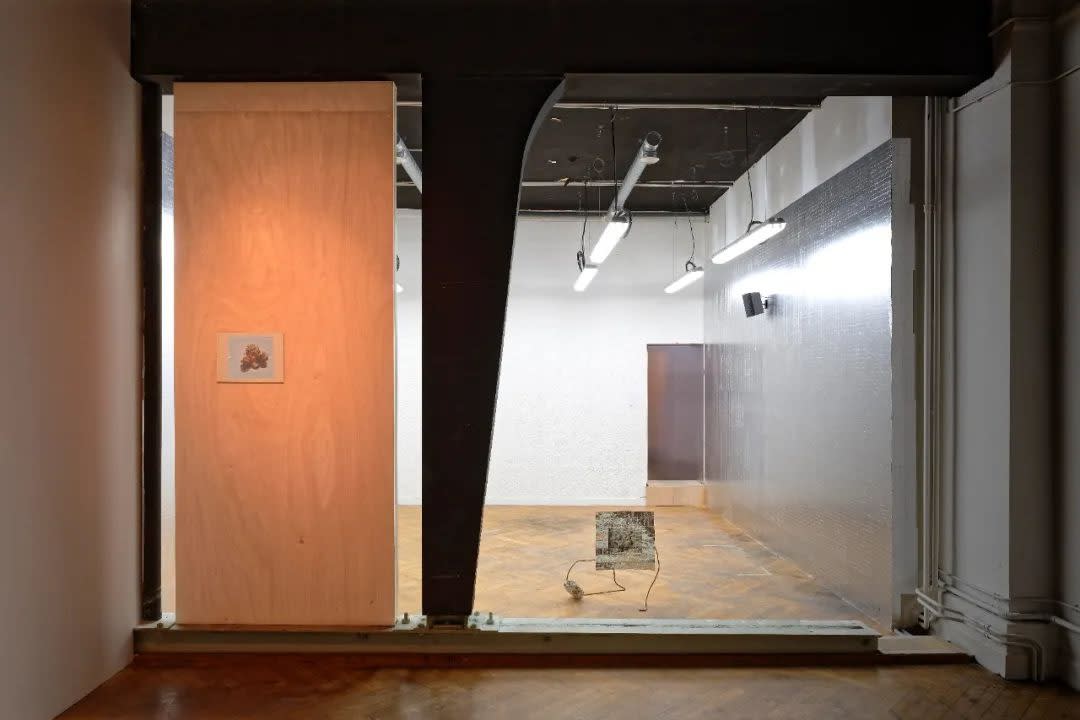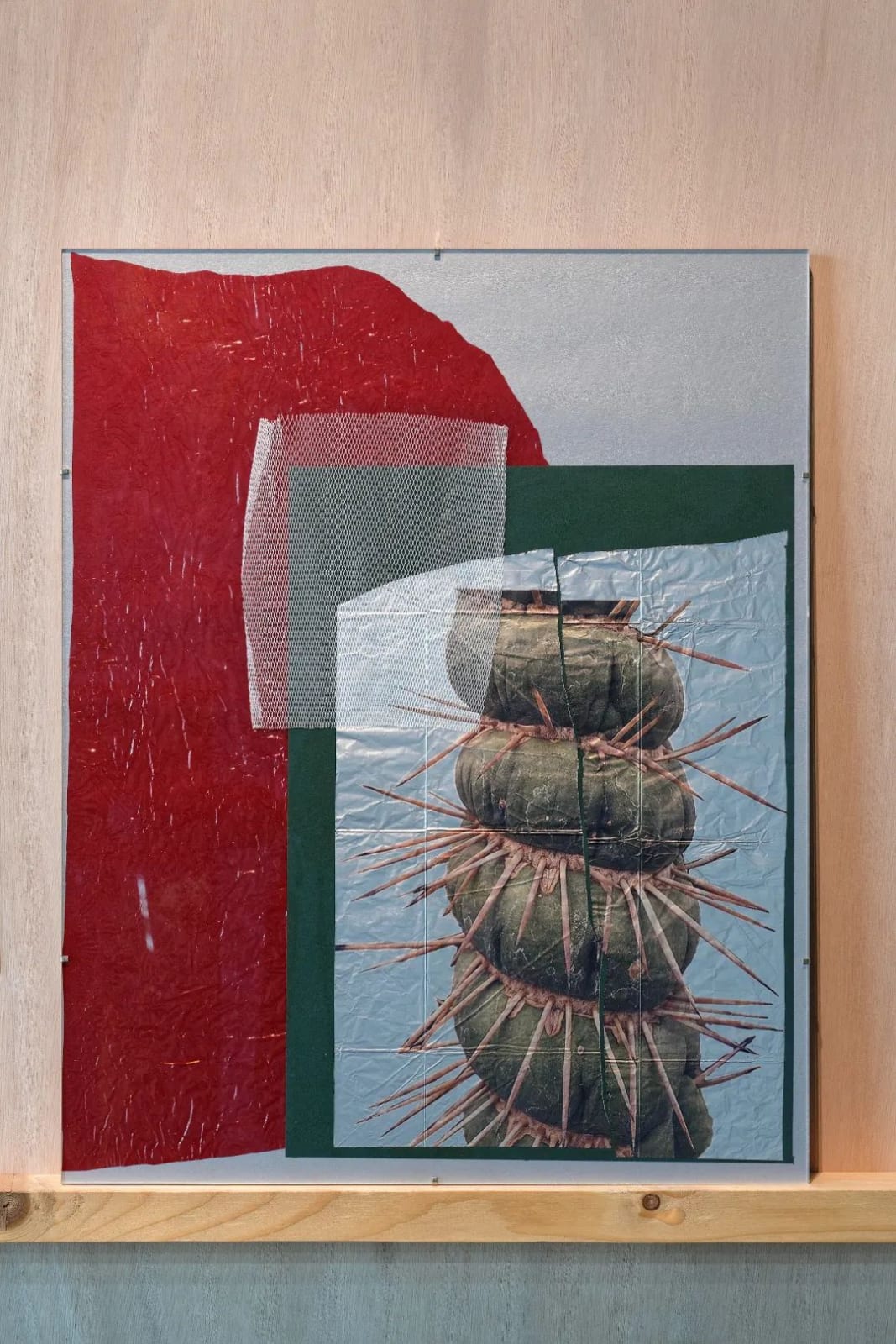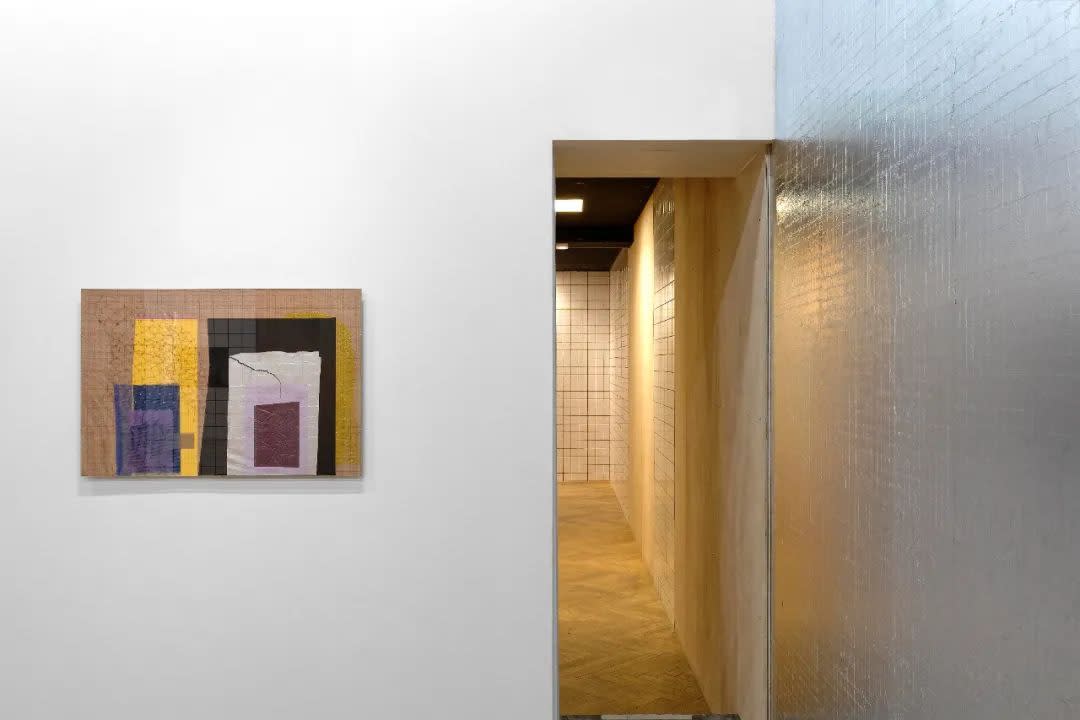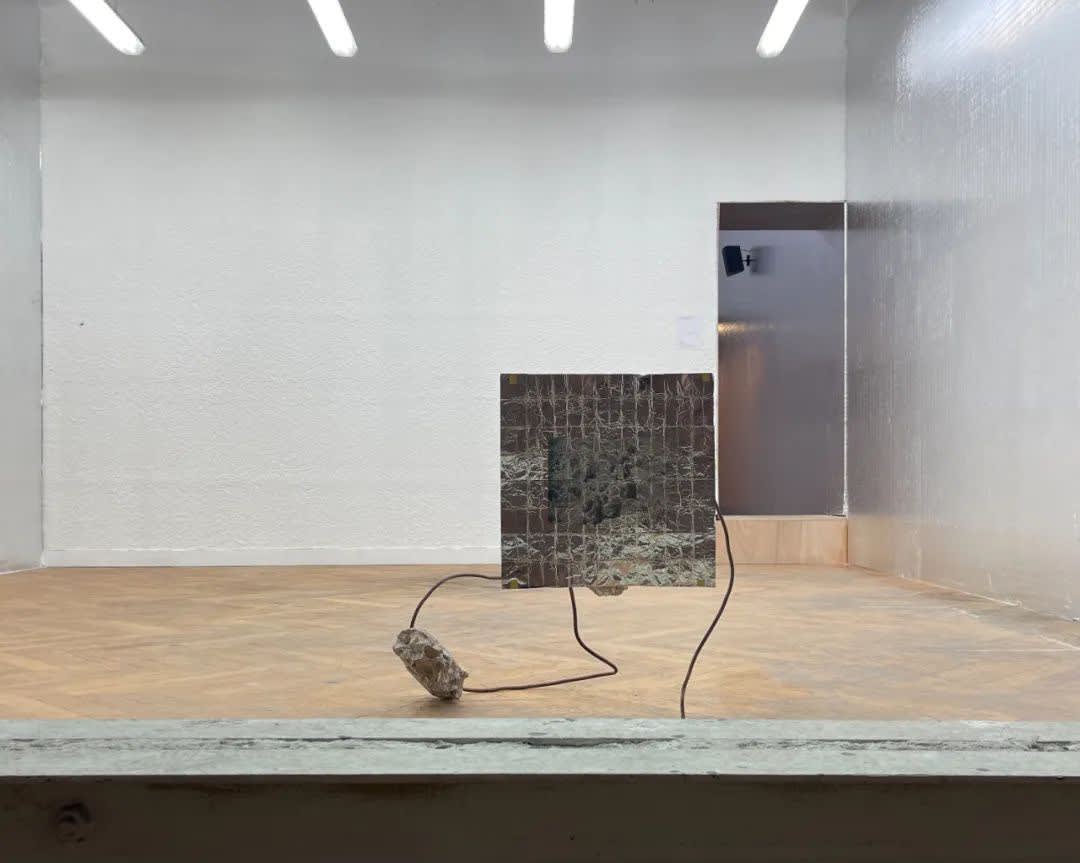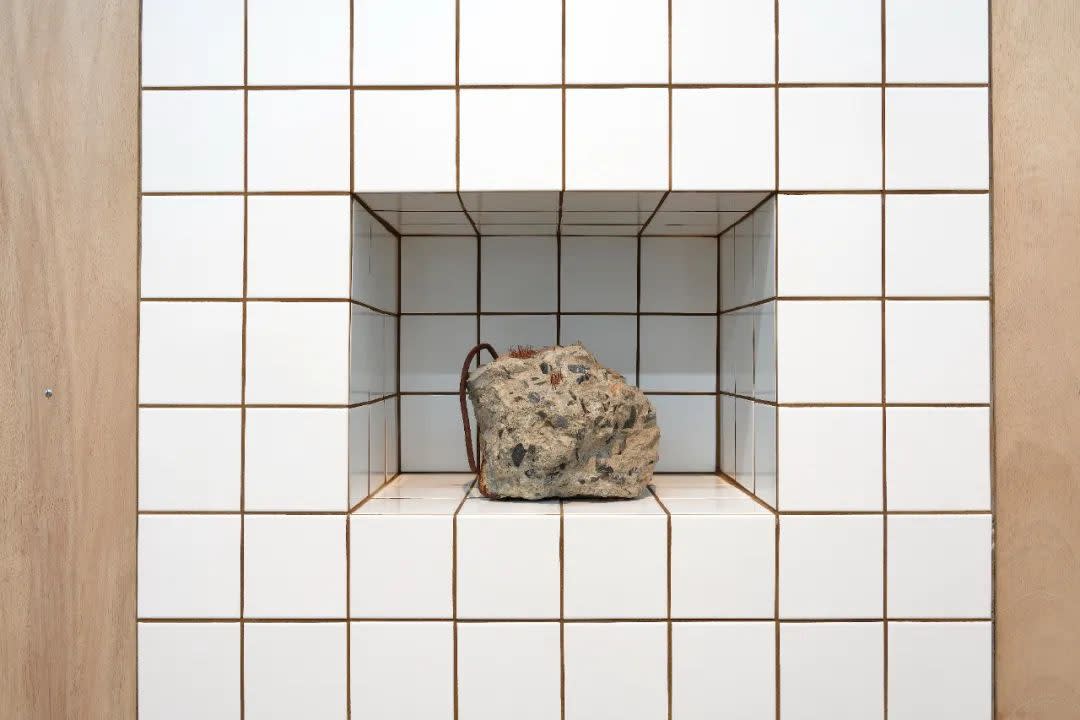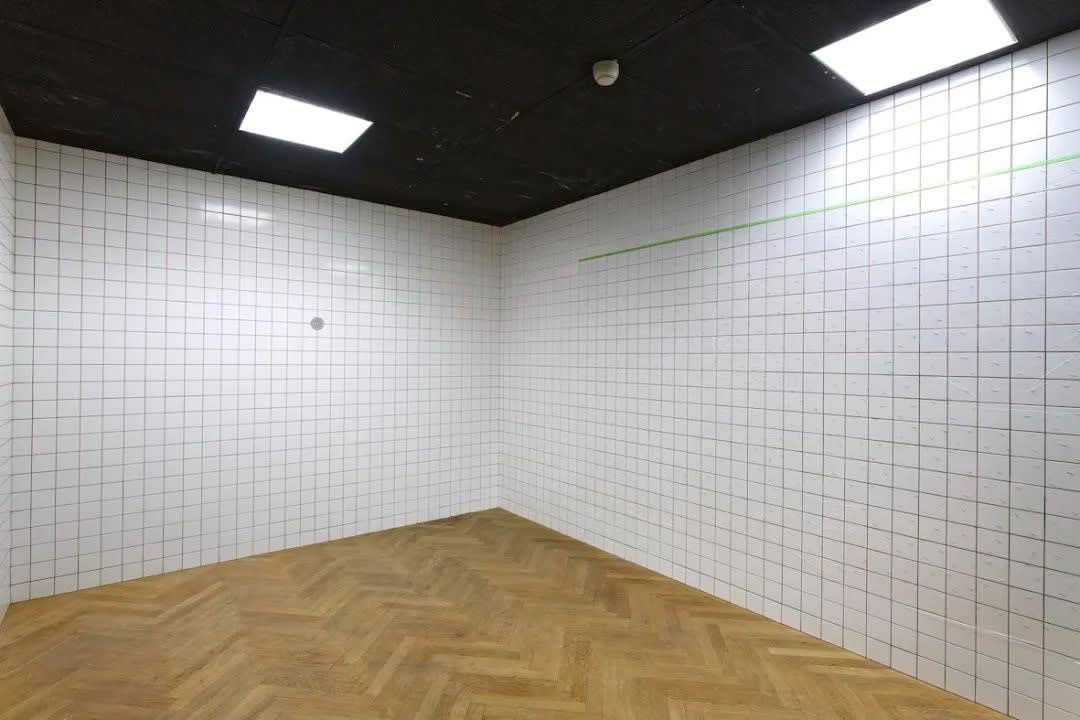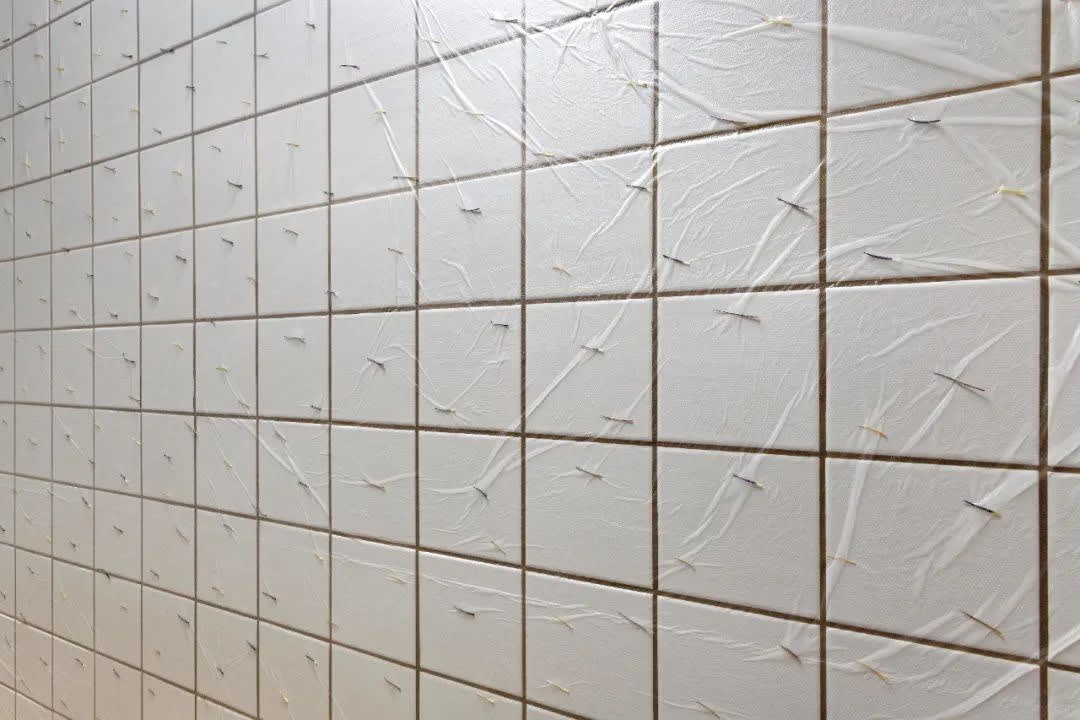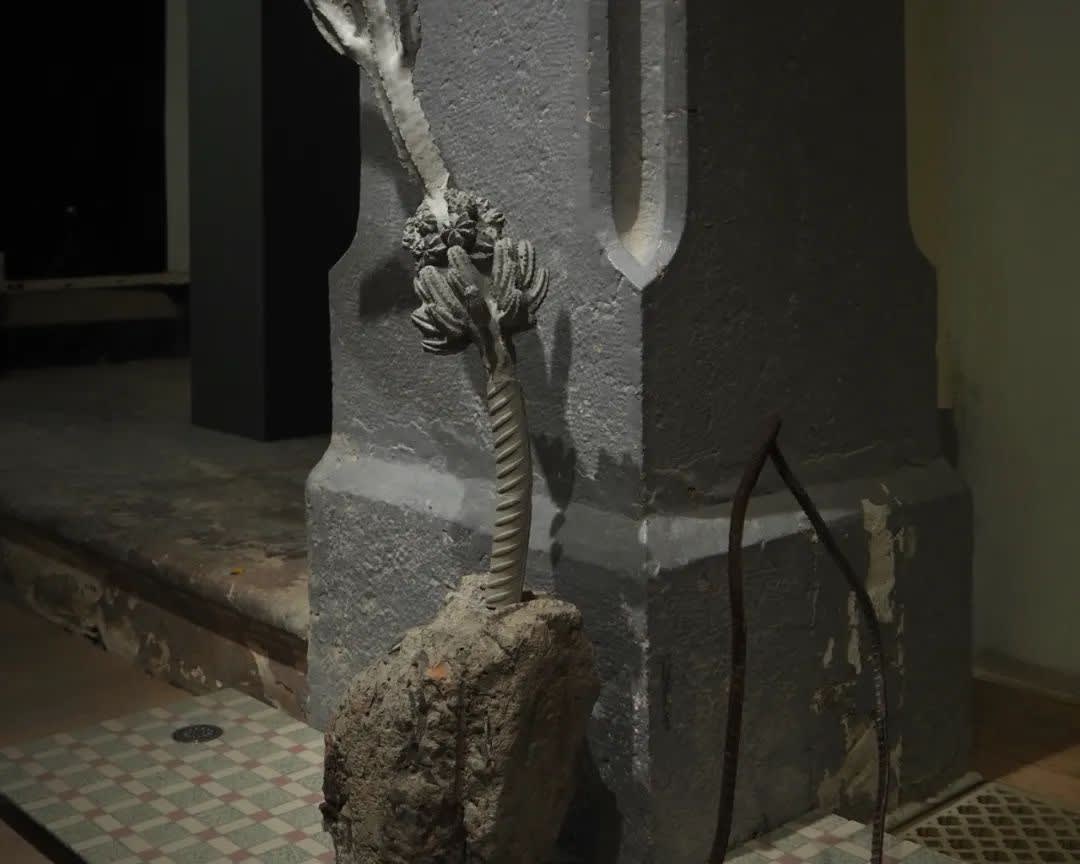Don Gallery is delighted to announce the participation of our artist ZHANG Ruyi with her latest project Renovation: Vacant Lot at the 16th Lyon Biennale of Contemporary Art, which is running from 14 September to 31 December 2022. Ruyi’s project is showing at The Guimet Museum and The Religious Art Museum of Fouviere in Lyon.
This year’s Biennale is curated by the curatorial duo Sam Bardaouil and Till Fellrath. Under the theme Manifesto of Fragility, fragility is placed at the heart of a generative form of resistance. The common awareness of the shared precariousness reinforces the assertion that 'our fragility is perhaps one of few universally felt truths in our divided world'. More crucially, if this fragility is inevitable, how can artists harness it as a foundation for empowerment while also addressing the here and now and planning for the future?
“It alludes to the concealed mystery of vulnerability and individual dispersion, which evolves, ferments, and filters in the conflicting reality of existence, giving birth to a voice and an attitude”, according to ZHANG Ruyi, who deftly catches the tension beneath the subject matter. Incorporating her experience of confinement during Shanghai's lockdown and isolation into this site-specific installation and practice, the artist continues to explore the hierarchical interactions between individuals, materials and place. Additionally, she makes use of the unique historical context of the once-thriving and now-defunct Guimet Museum, allowing the works to interact as if they were visitors and creating a dialogue between fragility and resistance.
The bright and orderly tiled surfaces, sizable wood panels and tinfoil, and the bare and rough white walls are set against cool fluorescent lights as we enter ZHANG's space from the vast and dark Grand Hall of the Guimet Museum, revealing a distinctly industrial and orderly feel from the outside environment. The sounds of electric drills and pounding from the installation Domestic Wasteland (2020), a heavy but invisible intervention in the space that the artist gathered from the city's construction and demolition sites, awakens us even before we can recognise the surroundings.
The Waste (2020), a floor-mounted work, has also been given a fresh interpretation in this project. The tinfoil is softly suspended from the rebar of building rubble that has fallen during the modern demolition process, the lines of which gently conceal the coarseness of the past. The image on the tinfoil is a transfer of a cluster of cacti growing in a barren setting, confused with rocks in the hot sun, and again reflected in the base and surroundings beneath the tinfoil, as if collaging a series of imaginary fragments triggered by temperature, surroundings, interior space, etc. This artificial "modern fossil" also alludes to a shifting power dynamic enmeshed in architecture (the form of the era) and garbage (the leftovers), lending "The Waste" the connotation of a "discarded landscape."
ZHANG Ruyi's fascination with contradictory materials and relationships is also evident in Planter-7 (2022). A piece of rubble was planted with cactus spines painted in brownish nail polish, resembling dead grass growing on the collapse of a giant building. The natural and the artificial elements are harmoniously blended together here - the rusting of the steel fragment is the consequence of natural growth, the cactus spines were taken from real nature, while the nail varnish is an industrial product for human grooming – as if the sharpness of the spines is extremely close to the touch of the fingertips. The whole piece is embedded in the niche at just the right size, also in the context of Guimet’s former role as a historical museum.
Next, through the ready-made door piece of Sleepwalking in Space (2021-2022), we enter the 'interior' where the space is reduced in height. Two video works, created ten years apart, reflect a change in the artist's creative intentions and approach. In the early work Tool (2012), the artist uses a handheld DV to record the process of the high heels stepping in place and breaking the mirror till it reflects the gradual shattering of the surrounding skyscrapers and buildings. Back then, the artist focused more on the expression of her personal emotions, and the shots eventually shake and blur into a greyish shard.
On the contrary, Folded Sorrow (2021-2022) is a collage of fragments that ZHANG usually observes and collects up close: a static piece of copper, a slowly rotating fan, a spider's web floating on the spikes of a cactus, and occasionally encounters with busy construction sites... In the sequence of images, stillness and flow are confronted, and the forms of nature and individual labour are interwoven and mingled. In comparison, Folded Sorrow is more inwardly self-repressed than the Domestic Wasteland and Tool, which are extroverted and violent expressions. Particularly in this natural creation-like weaving, the cobwebs that float in the air between the spikes indicate a delicate balance and cohabitation of fragility and strength. In contrast to the video's stunning pictures of excavators, it breeds way too many thoughts that can only be folded up and kept momentarily in pockets since they have nowhere to start and nowhere to proceed.
